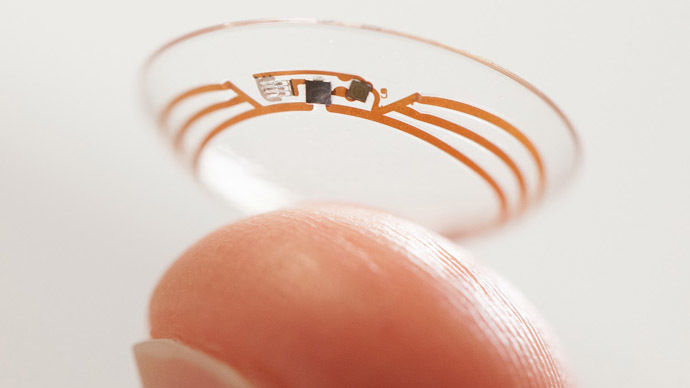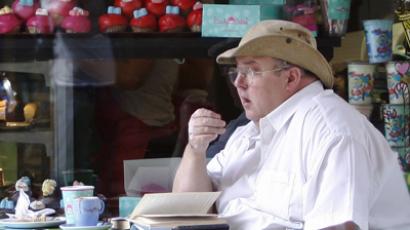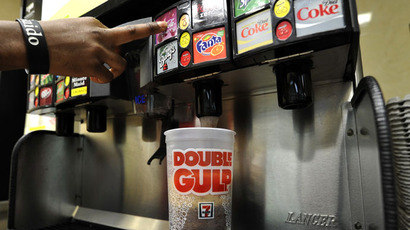Google glucose-monitoring contact lens project unveiled

Google has revealed the project of a contact lens that measures glucose levels in tears, giving 382 million diabetics all over the globe the smallest glucose sensor – and an alternative to pricking their fingers and drawing blood up to 10 times daily.
The device, which will take at least five years to reach
consumers, is one of the few ways to make glucose monitoring for
diabetic patients more convenient and less invasive, AP reported.
To carry out the procedure, the device uses a small glucose
sensor and a wireless transmitter to keep an eye on the blood
sugar levels and adjust the dose of insulin required.
“We’re testing prototypes that can generate a reading once
per second,” Google indicated in the company’s official
blog.
“We’re also investigating the potential for this to serve as
an early warning for the wearer, so we’re exploring integrating
tiny LED lights that could light up to indicate that glucose
levels have crossed above or below certain thresholds,” the
corporation added.
It was also stressed that it’s “still early days” for
the technology, but some studies have already been carried out.
The research began at the University of Washington, where
scientists worked under National Science Foundation funding, and
has been kept secret until this Thursday.
The contact lens was later developed in the Google X lab – along
with a driverless car, Google's web-surfing eyeglasses and
Project Loon, a network of large balloons aiming to take the
internet to unwired locations.
"You can take it to a certain level in an academic setting,
but at Google we were given the latitude to invest in this
project," one of the lead researchers, Brian Otis, told AP.
"The beautiful thing is we're leveraging all of the
innovation in the semiconductor industry that was aimed at making
cellphones smaller and more powerful."
The device looks similar to a typical contact lens – however, it
actually also contains two twinkling glitter-specks loaded with
tens of thousands of miniaturized transistors, plus hair-thin
antennae.
"It doesn't look like much, but it was a crazy amount of work
to get everything so very small," Otis said at Google's
Silicon Valley headquarters, adding that the device currently
represents the smallest glucose sensor ever made.
In fact, the contact lens isn’t the only device created in
attempt to facilitate the lives of millions of diabetics. A
similar contact lens by Netherlands-based NovioSense is a work in
progress. Also, Israel-based OrSense has already tested a thumb
cuff. Finally, early designs for special tattoos and saliva
sensors have been presented.
One gadget, a wristwatch monitor, was approved by the FDA in
2001, but patients complained that low-level electric currents
taking fluid from their hands was a painful process, and the
device demonstrated some errors as well.
"There are a lot of people who have big promises," Dr.
Christopher Wilson, CEO of NovioSense, told AP. "It's just a
question of who gets to market with something that really works
first."
Currently, 382 million people have diabetes, and by 2035 that
number will rise to 592 million, according to International
Diabetes Federation. Eighty percent of people with diabetes live
in low- and middle-income countries, and most of them are between
40 and 59 years old.
Among the countries that see the biggest quantity of diabetes
cases in the population are China, India, the US, Brazil, and
Russia.














